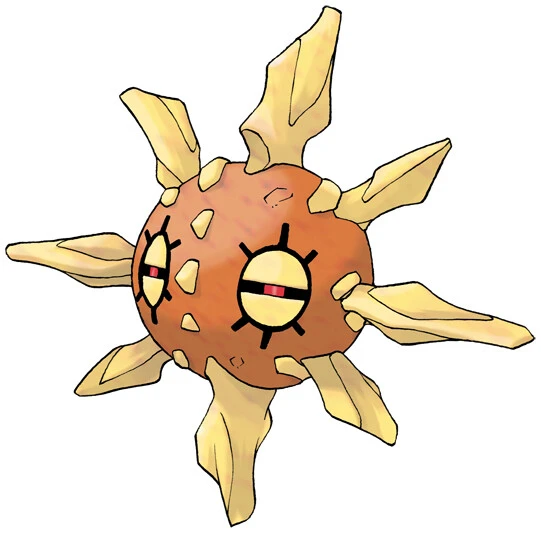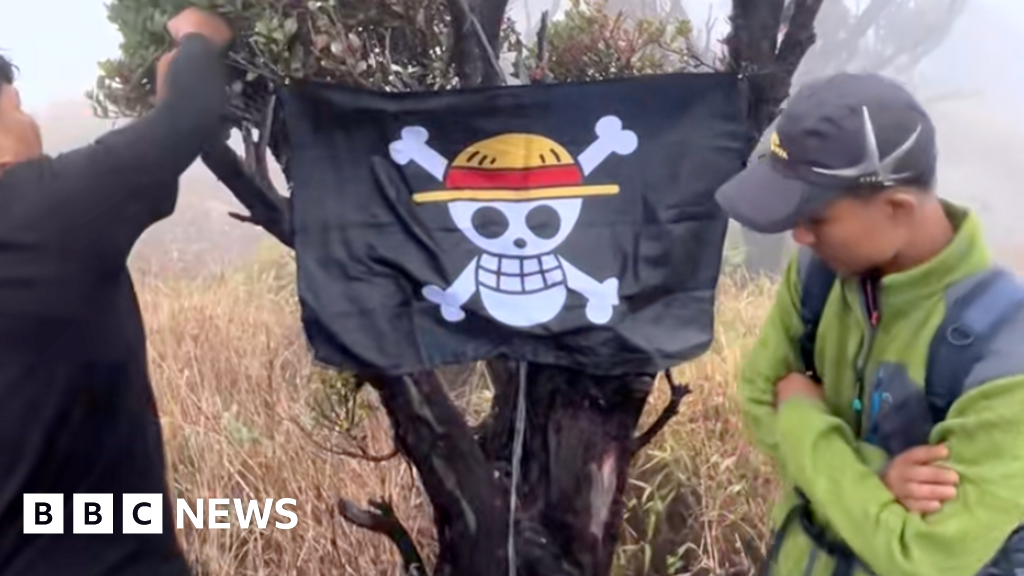In the popular Japanese anime One Piece, black flags bearing a skull with a straw hat are carried by a rowdy crew of pirates who have made it their mission to challenge a draconian regime and fight for freedom.
But in July, these emblems started popping up across Indonesia – along doorways, on the backs of cars, and painted on walls.
For many, they were a response to Indonesian leader Prabowo Subianto’s call for Indonesians to fly their national red and white flag ahead of the country’s Independence Day on 17 August.
Instead, some Indonesians chose to raise these pirate flags, known as Jolly Rogers, as a symbol of their discontent, with many criticising what they say is an increasingly centralised government led by Prabowo.
But the movement has not been well received by all. Earlier last week, the country’s Deputy House Speaker criticised the flag displays, calling it an “attempt to divide the nation”. Another lawmaker even suggested it could be treason.
…
Police in the capital Jakarta have said they are “monitoring the use of non-national flags and symbols that don’t align with the spirit of nationalism, including pirate or fictional-themed flags”.
…
Indonesia’s hard-won democracy, the third largest in the world, has faced growing challenges in recent years.
Its popular former leader Joko Widodo rose to power as a promising democrat, but his one-of-us image lost some of its sheen towards the end of his second term, when he revived the death penalty for drug traffickers and appointed Prabowo, a controversial ex-general, as his defence minister.
Public frustration has intensified since Prabowo took over as president last October. In February, thousands took to the streets to protest budget cuts and legislative changes that would allow the military to take a bigger role in government.



Removed by mod